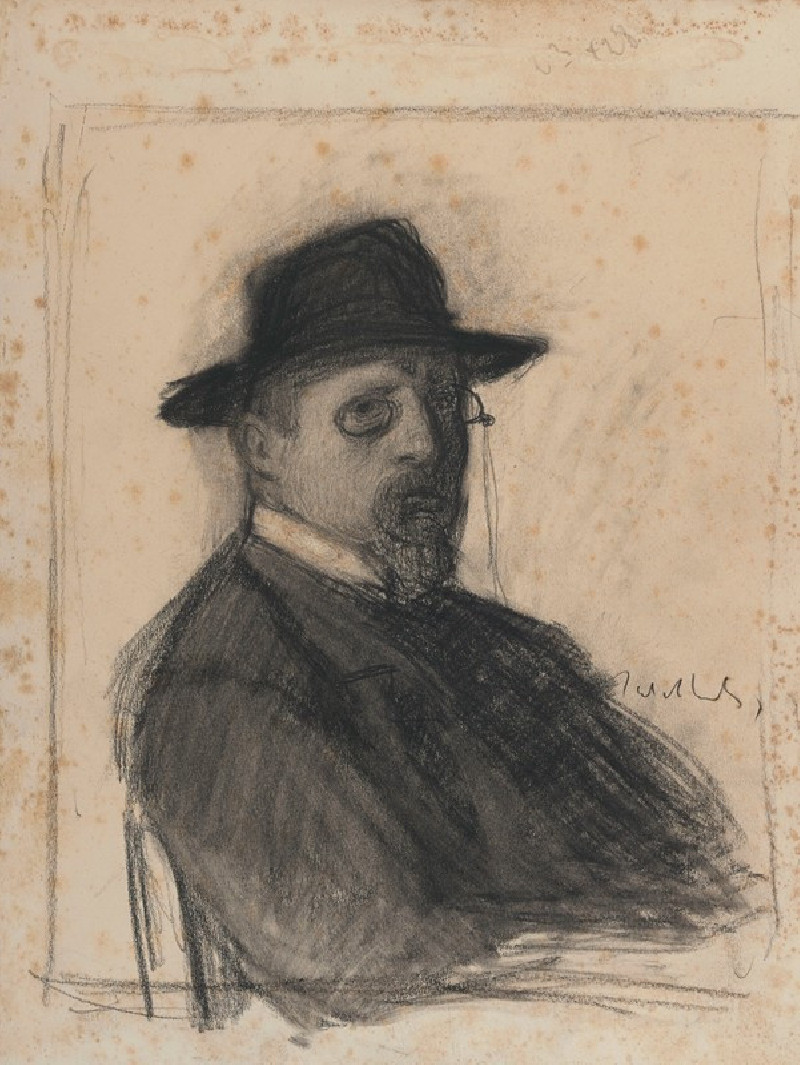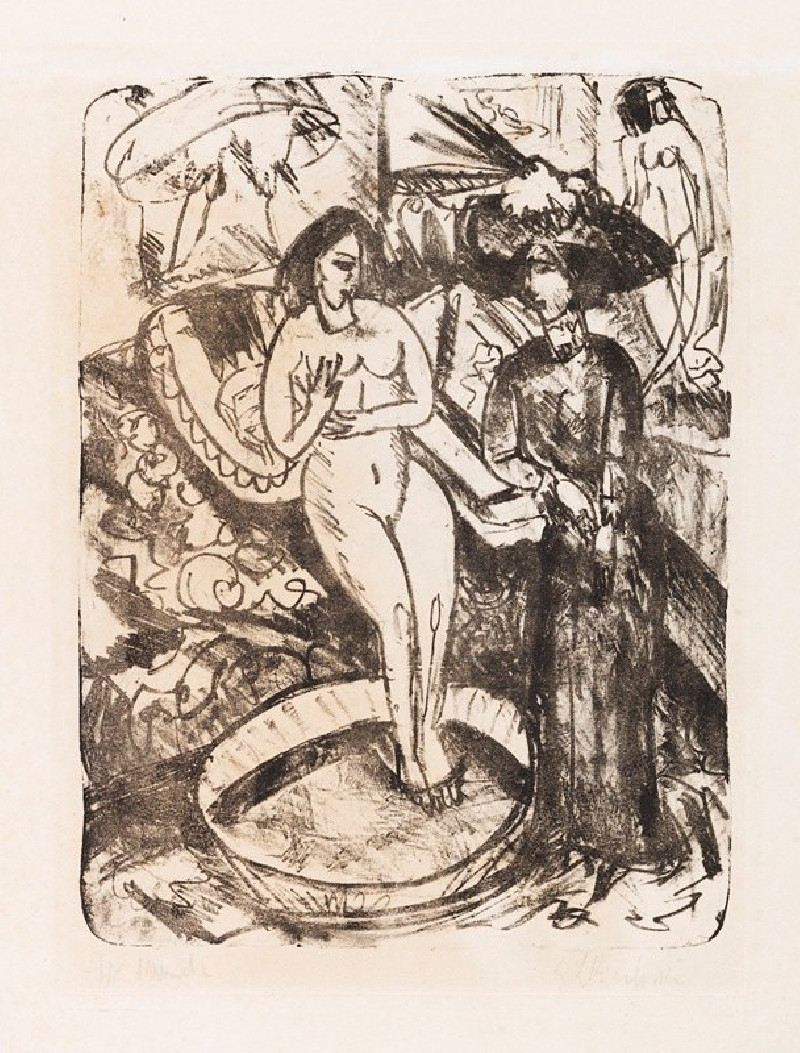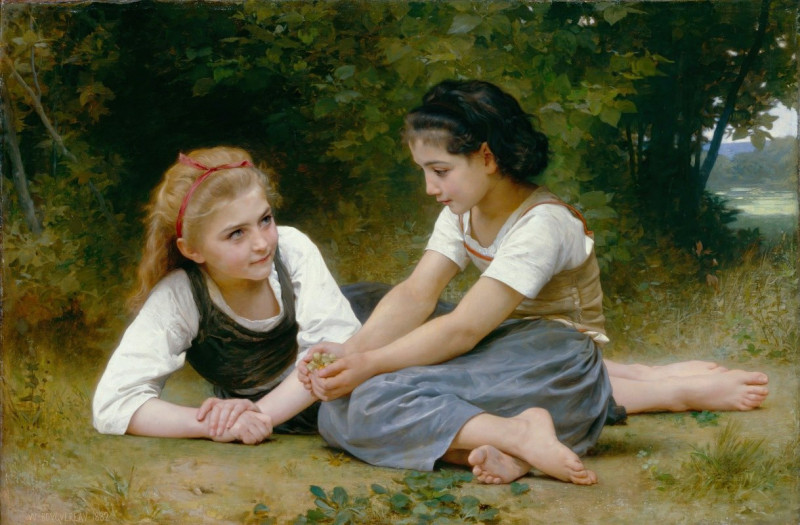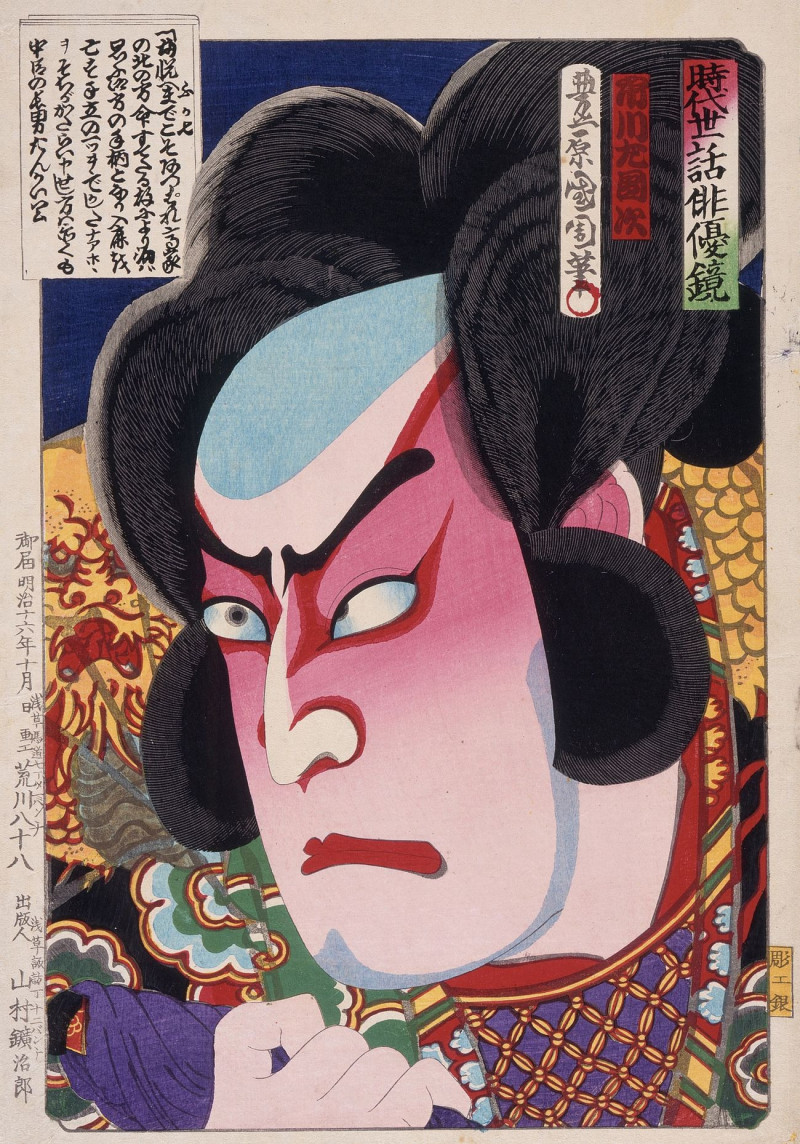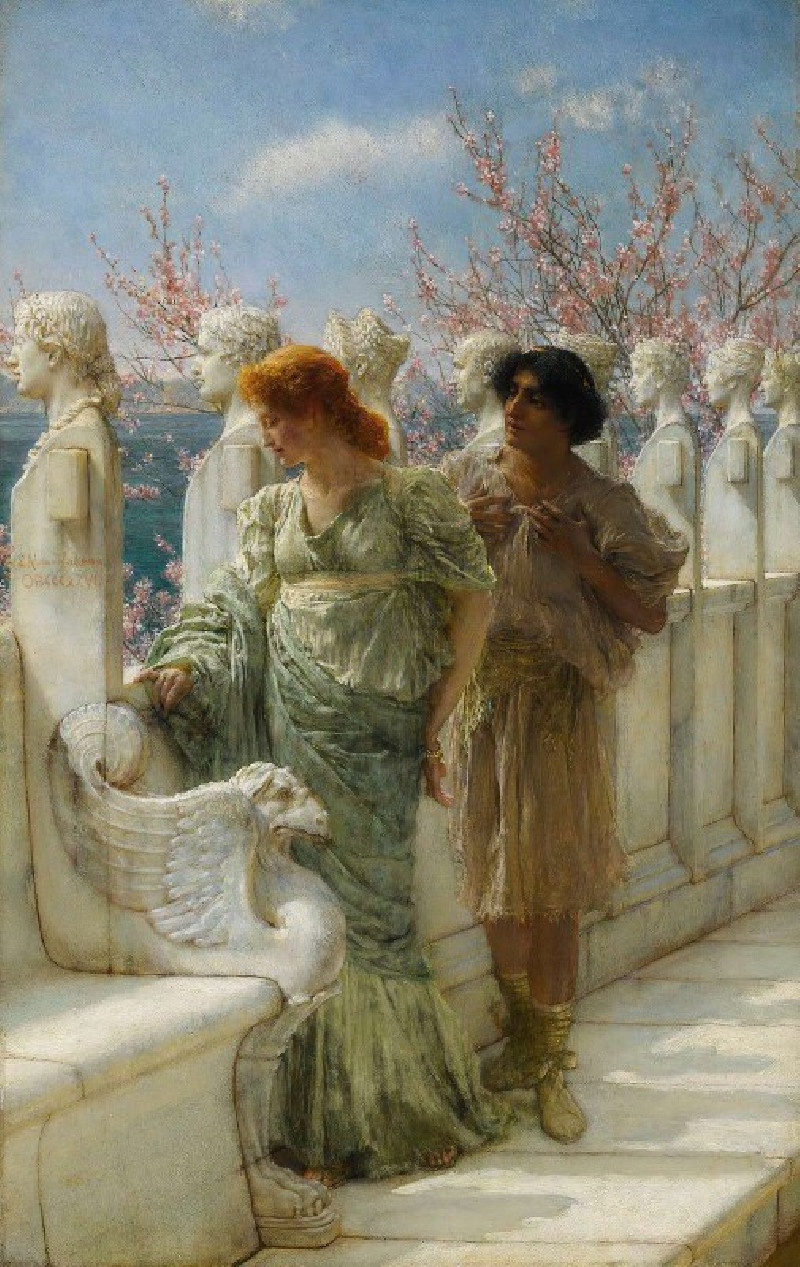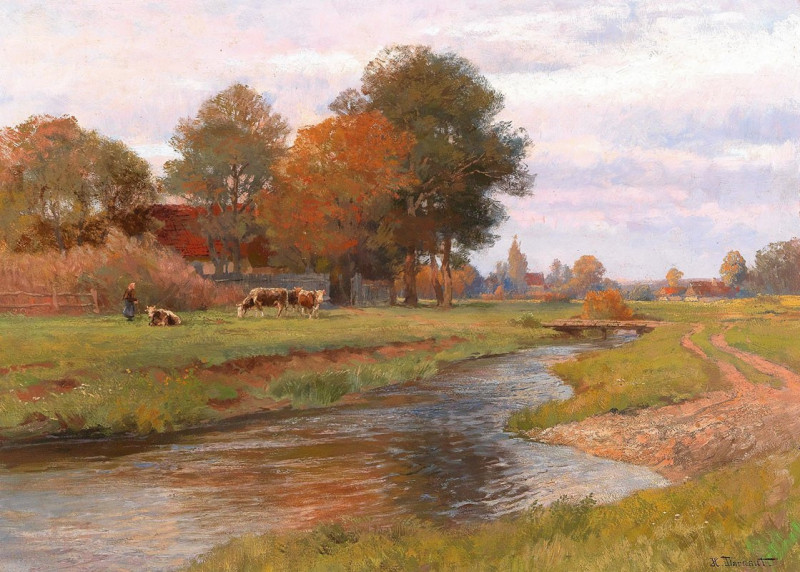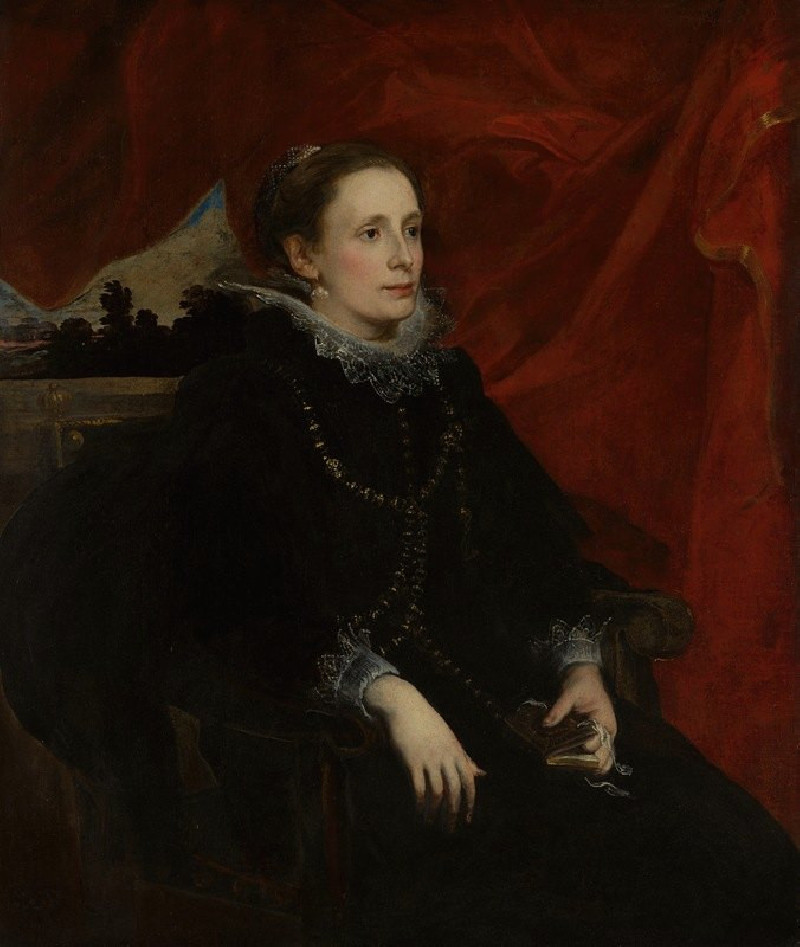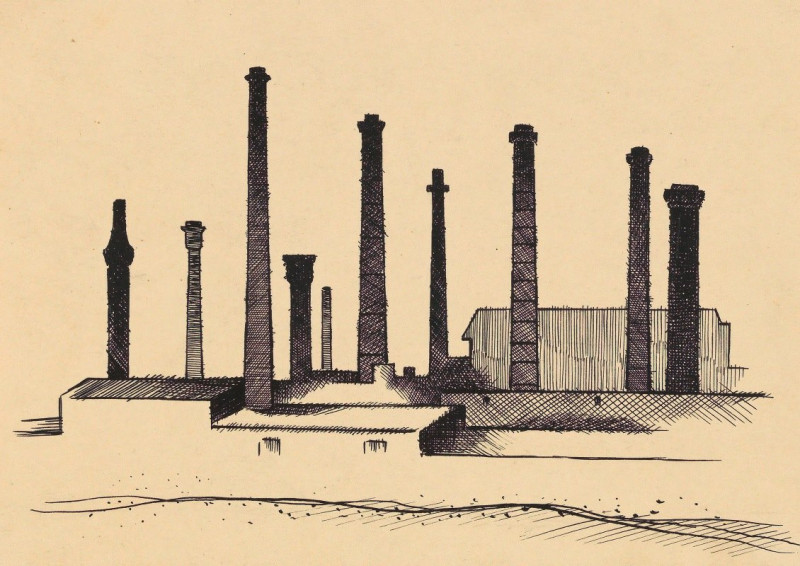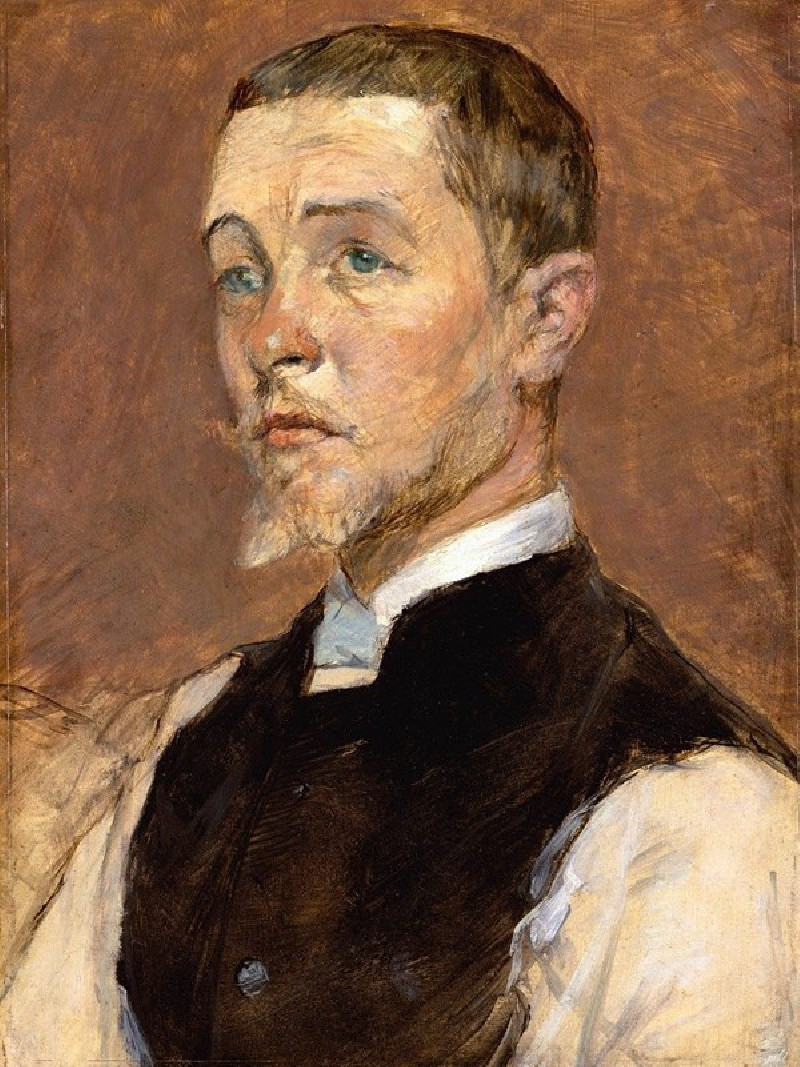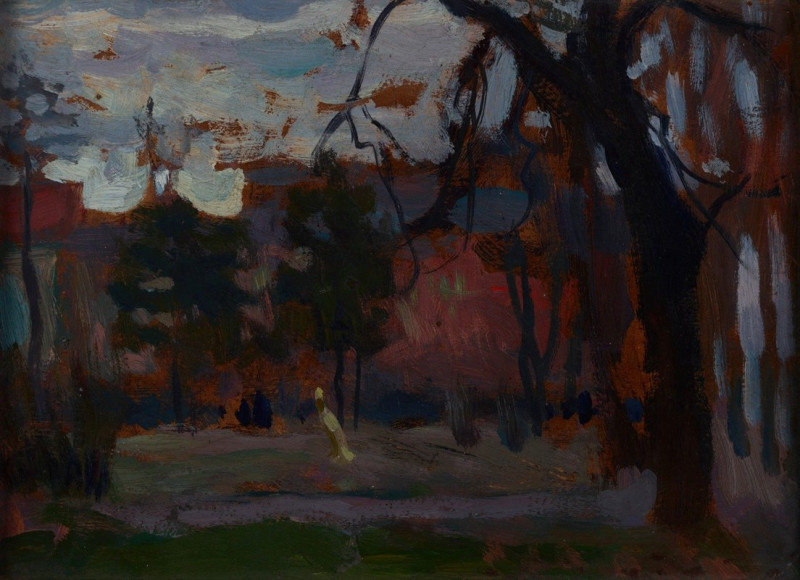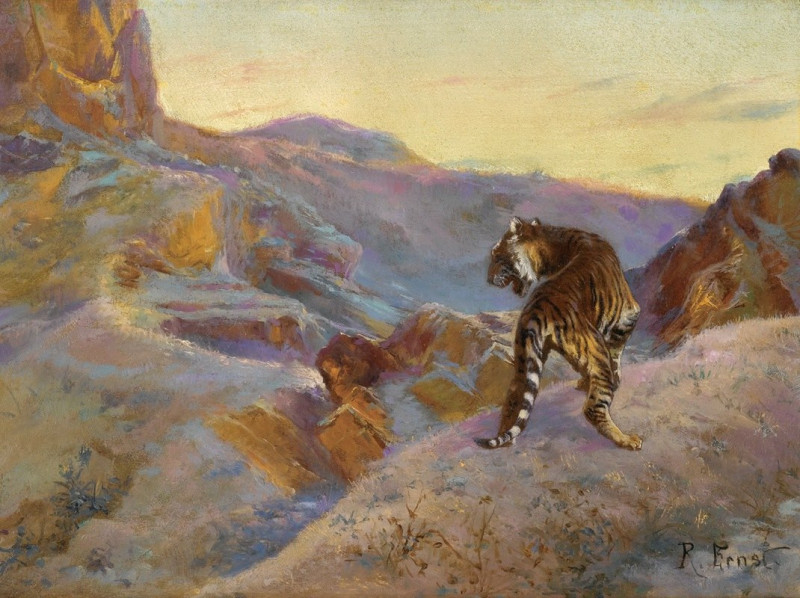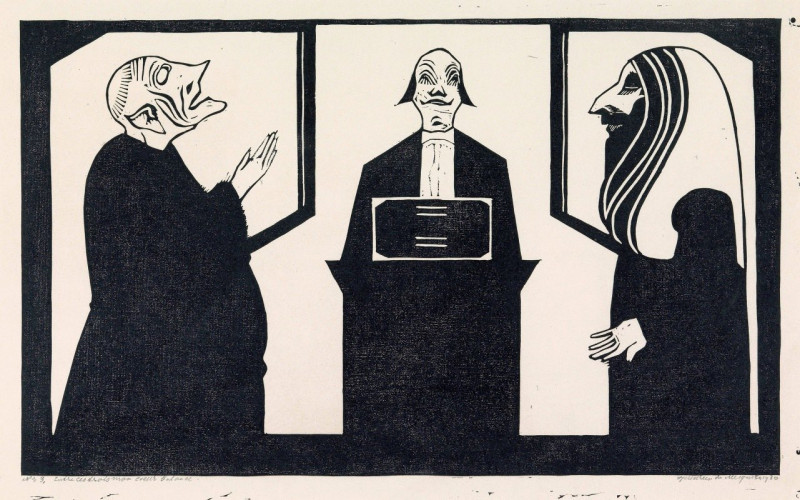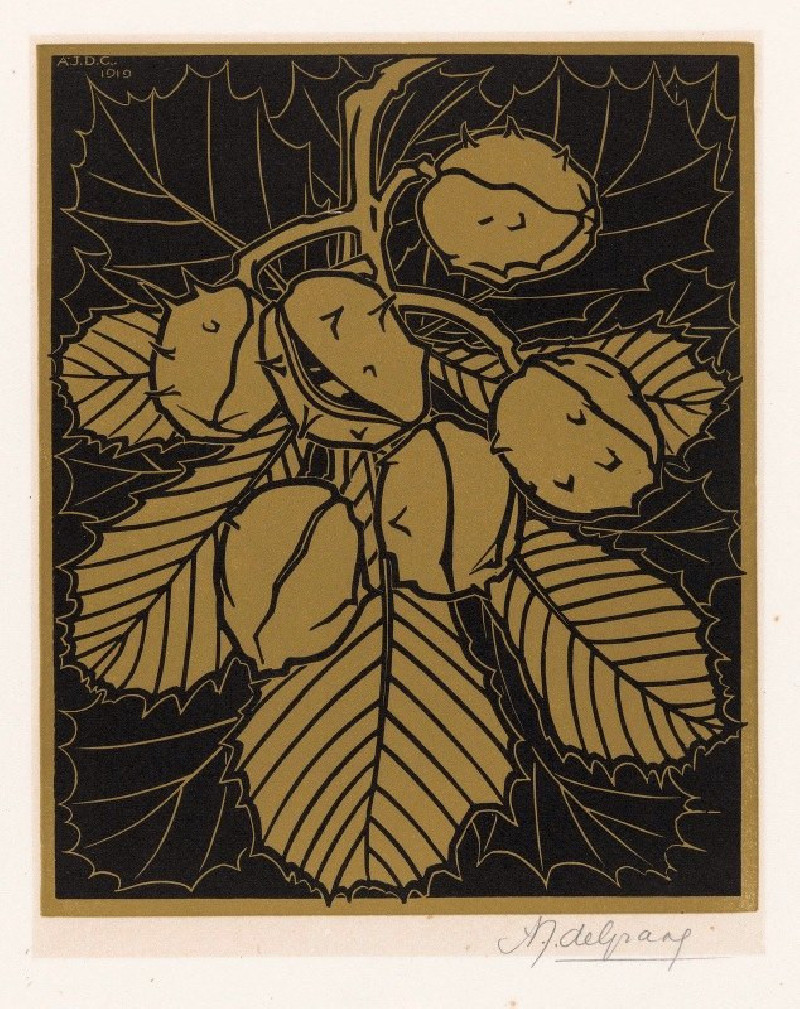The Execution Of Emperor Maximilian
Technique: Giclée quality print
Recommended by our customers
More about this artwork
This gripping painting by Édouard Manet, entitled "The Execution of Emperor Maximilian," depicts a somber and powerful moment in history. Created in 1867, the work focuses on the execution of the Austrian Archduke Ferdinand Maximilian, who was installed as the Emperor of Mexico by Napoleon III of France.In the painting, we see a squad of Mexican soldiers lined up in a firing squad formation and directed by an officer. Their uniforms are detailed with belts and other accoutrements, capturing the formal military attire of the time. To the left, the unfortunate Maximilian, along with two loyalists, General Miguel Miramón and General Tomás Mejía, stand facing the wall, seconds before their execution. The stance and expressions of these figures convey poignant resignation.Manet captures this intense moment with dynamic brushwork, particularly noticeable in the depiction of the gunsmoke and the distressed movements of the condemned. The background, somewhat abstract and chaotic, possibly signifies the tumultuous period of the Mexican political landscape. The use of dark tones and stark lighting heightens the somber mood of the scene.This powerful painting not only highlights Manet's skill and innovation as an artist but also serves as a poignant historical commentary, reflecting on the themes of power, betrayal, and the grim reality of political conflicts. It stands as a stark reminder of the brutal consequences that power struggles can have on individuals and nations alike.
Delivery
Returns
Édouard Manet (1832–1883) was a French modernist painter and one of the first 19th century artists to paint modern life. His impressionist style is characterized by relatively small and thin brushstrokes that create emphasis on light depiction. Manet was one of the key artists in the transition from realism to impressionism, along with Claude Monet, Edgar Degas, and Pierre-Auguste Renoir. However, he resisted involvement in any one specific style of painting, and only presented his work to the Salon of Paris instead of impressionist exhibitions. His early masterworks, The Luncheon on the Grass and Olympia, created great controversy and served as a rallying point for other young painters.
































